Public Secret
Baris Gokturk

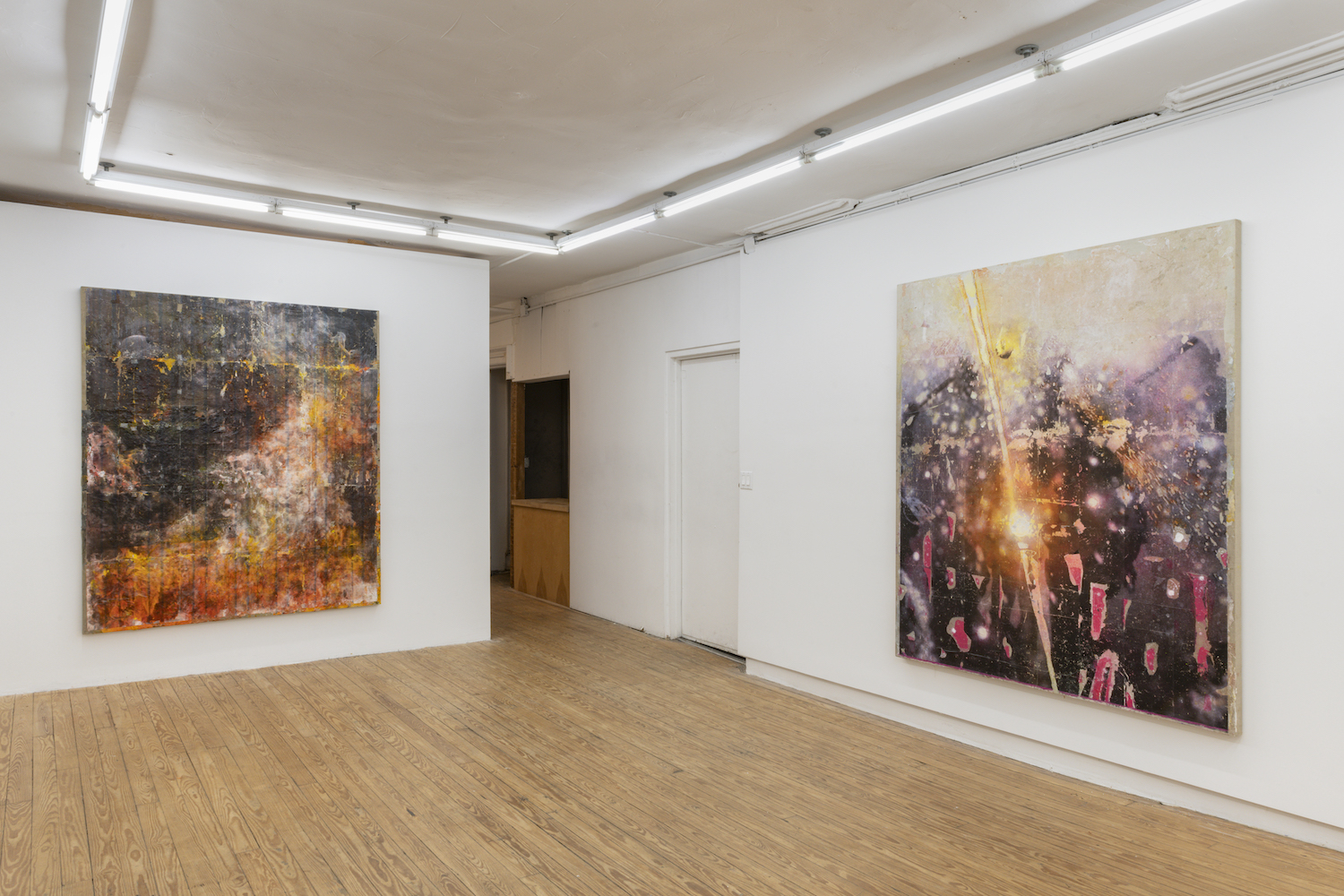
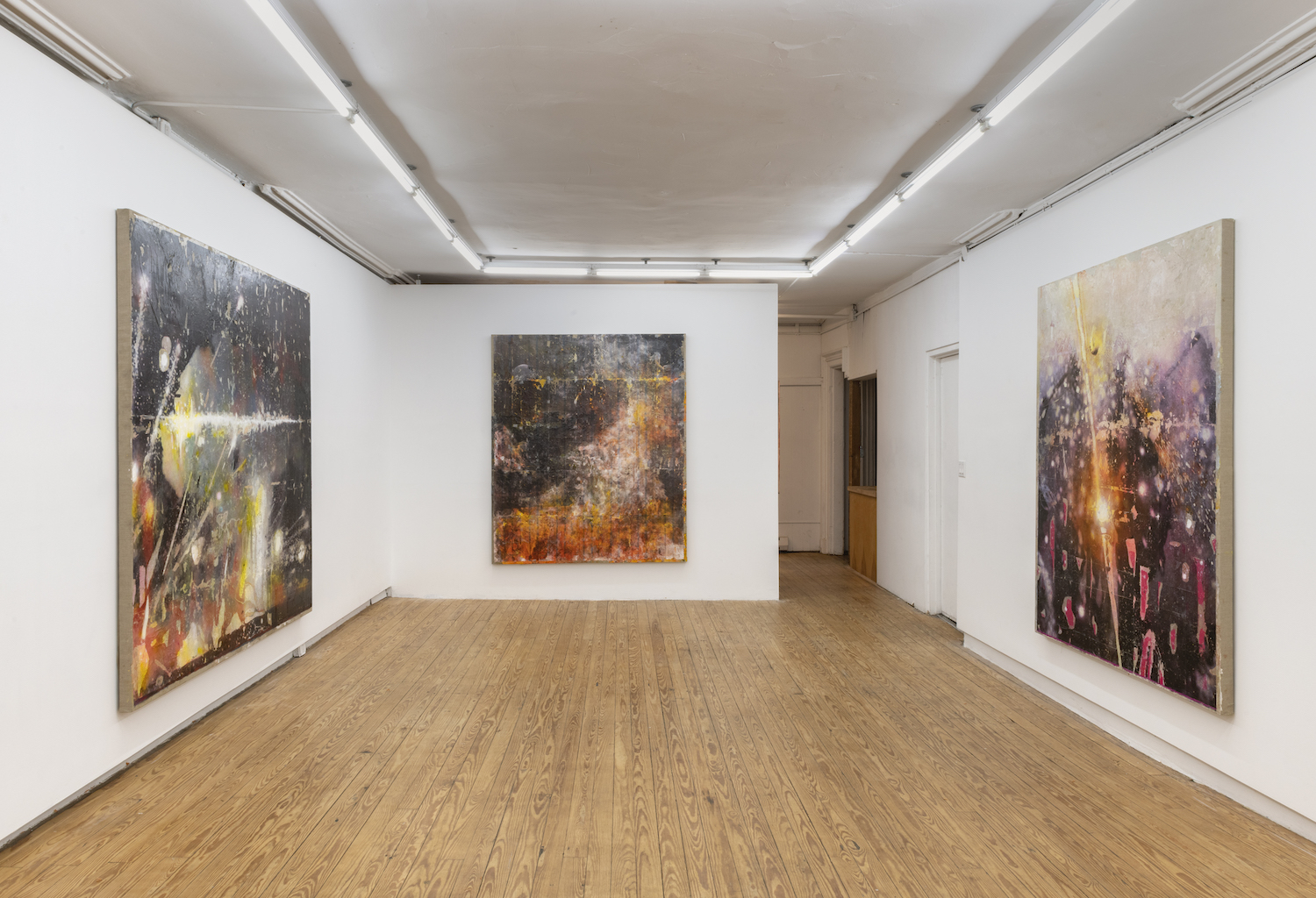
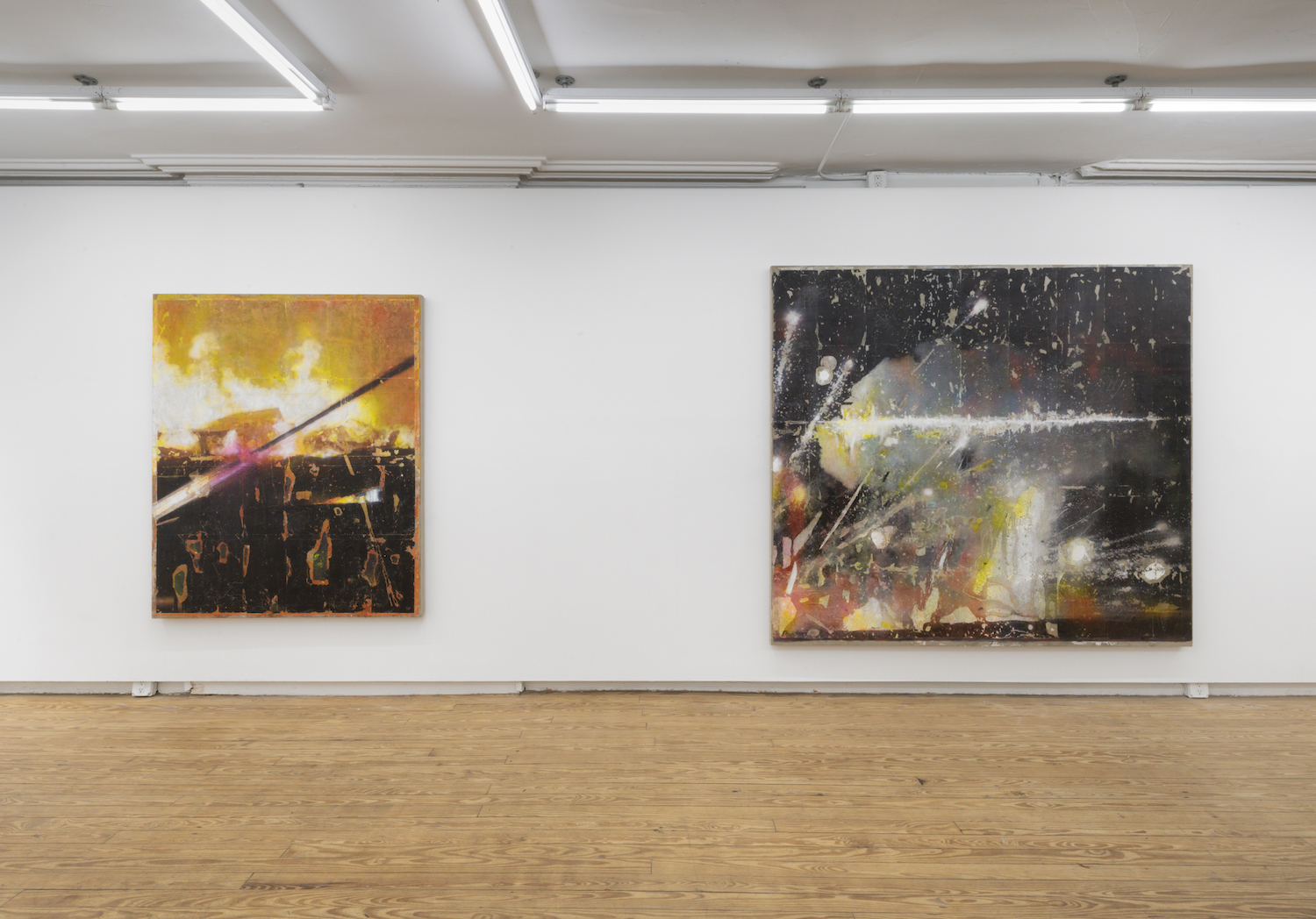
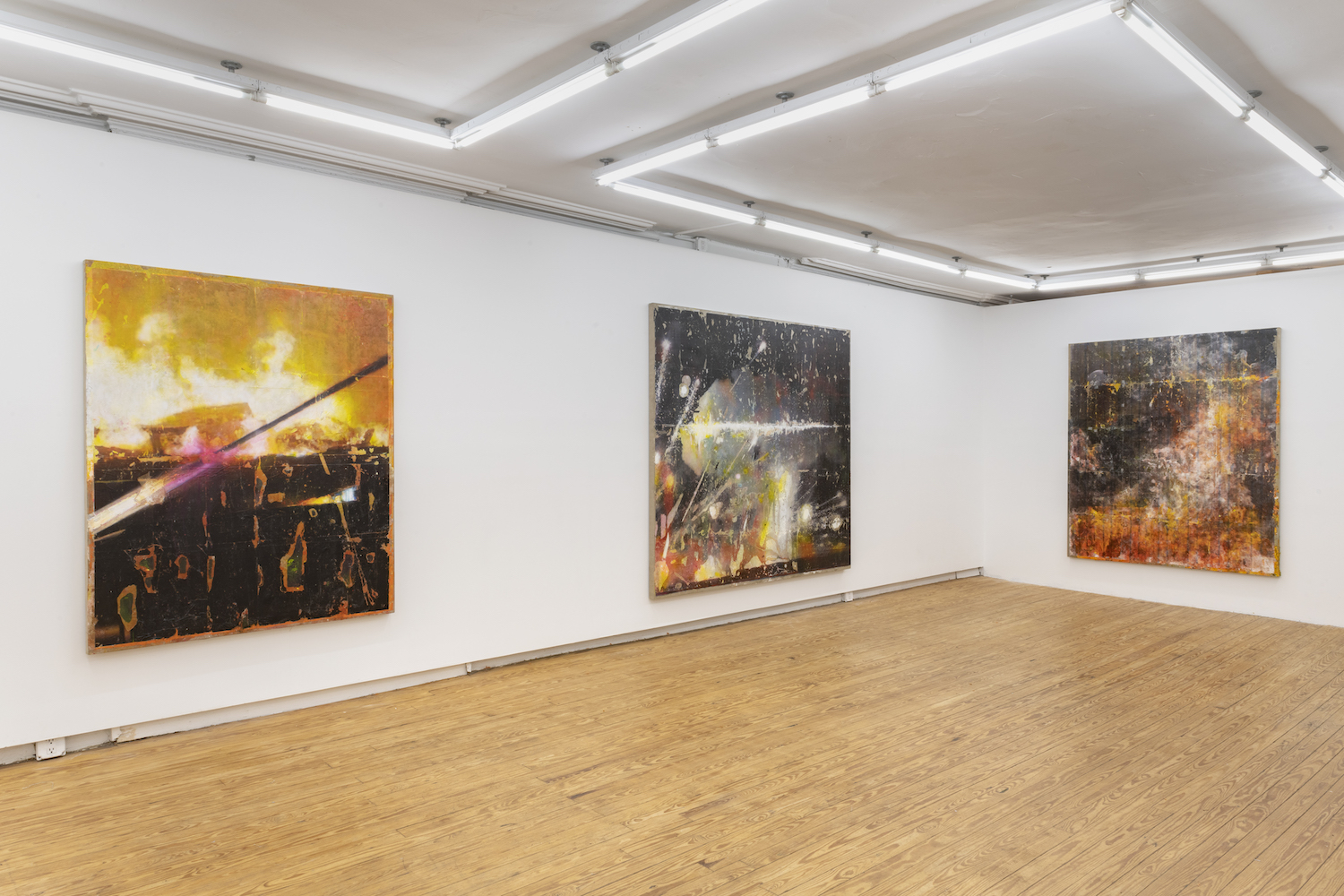
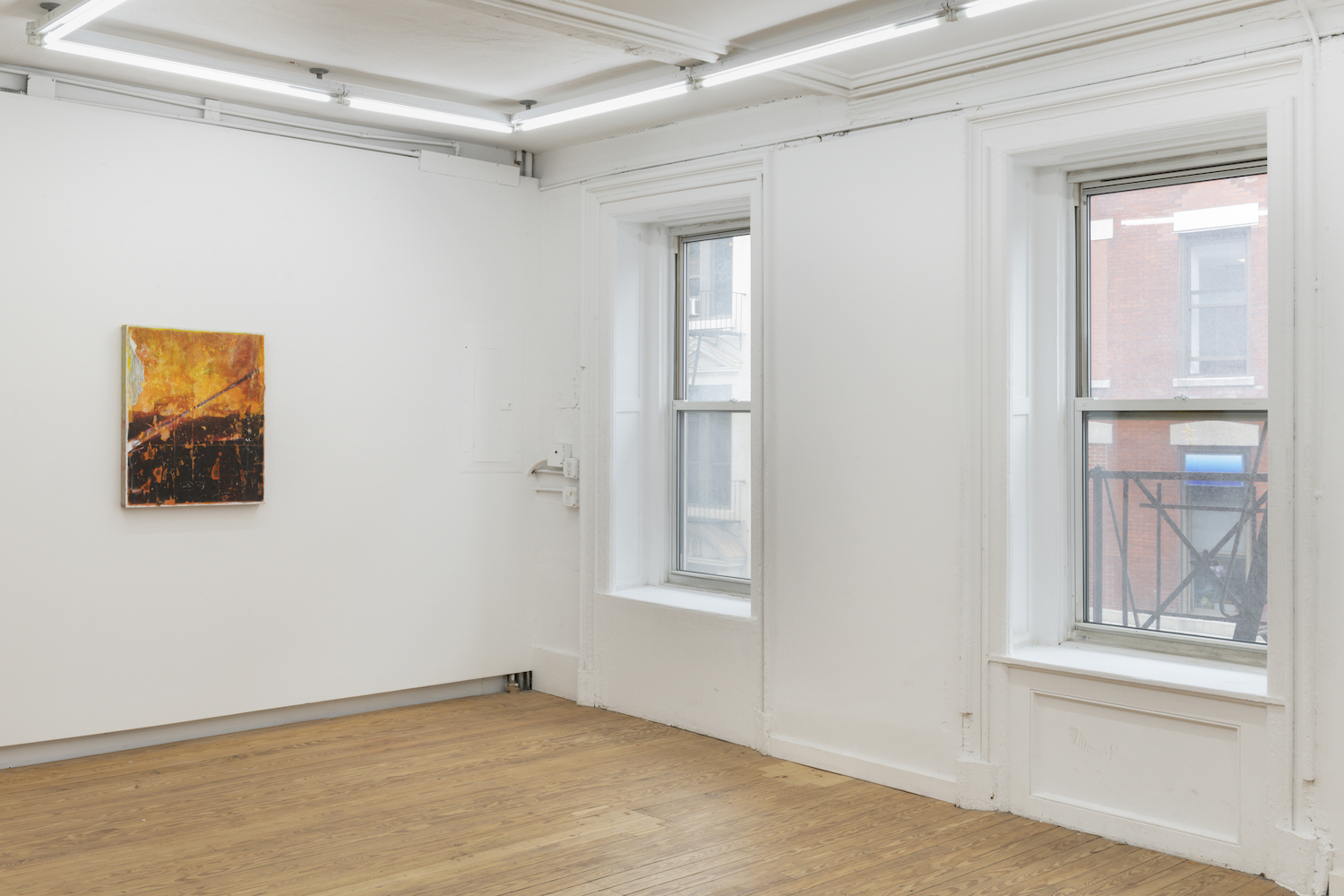
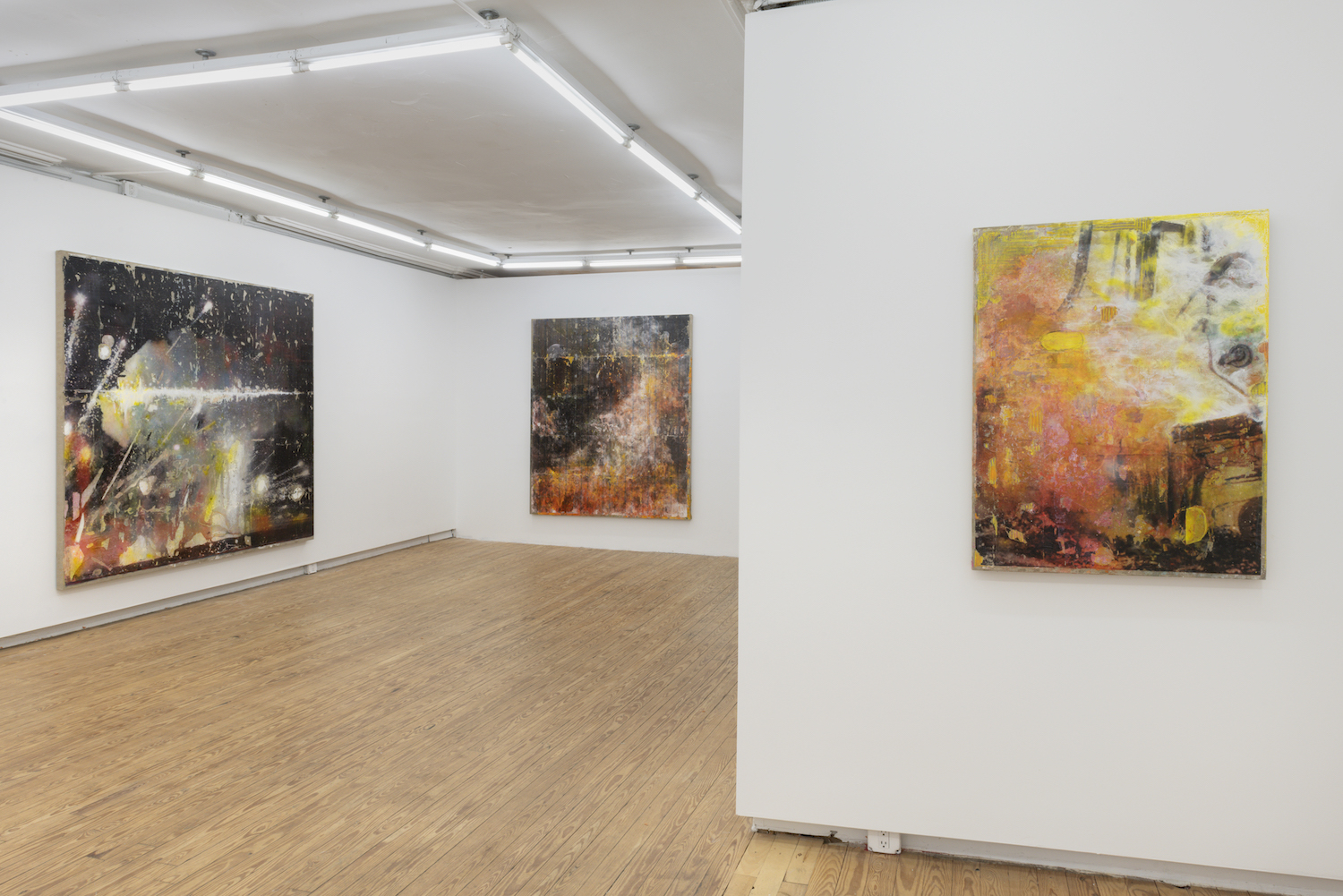
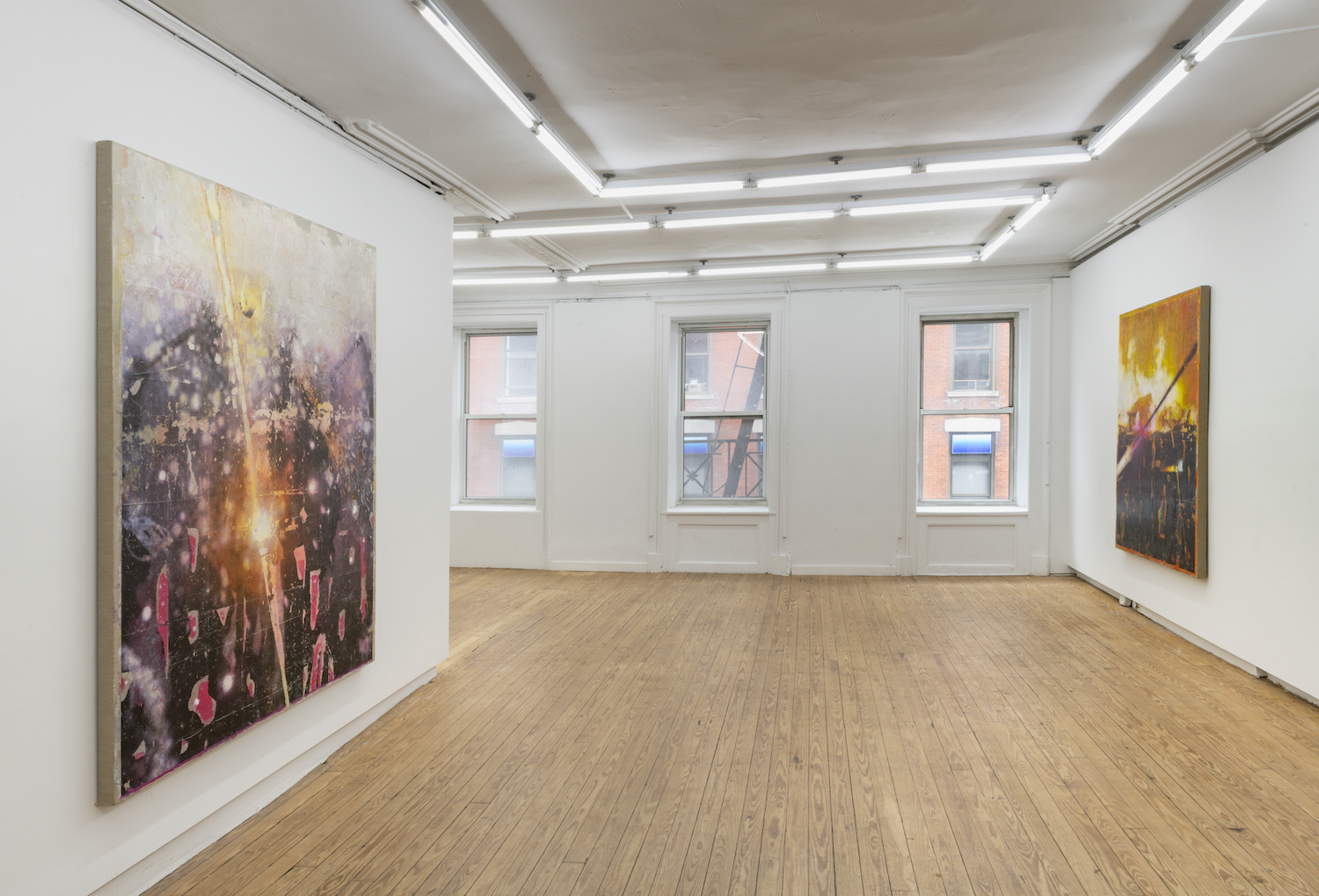
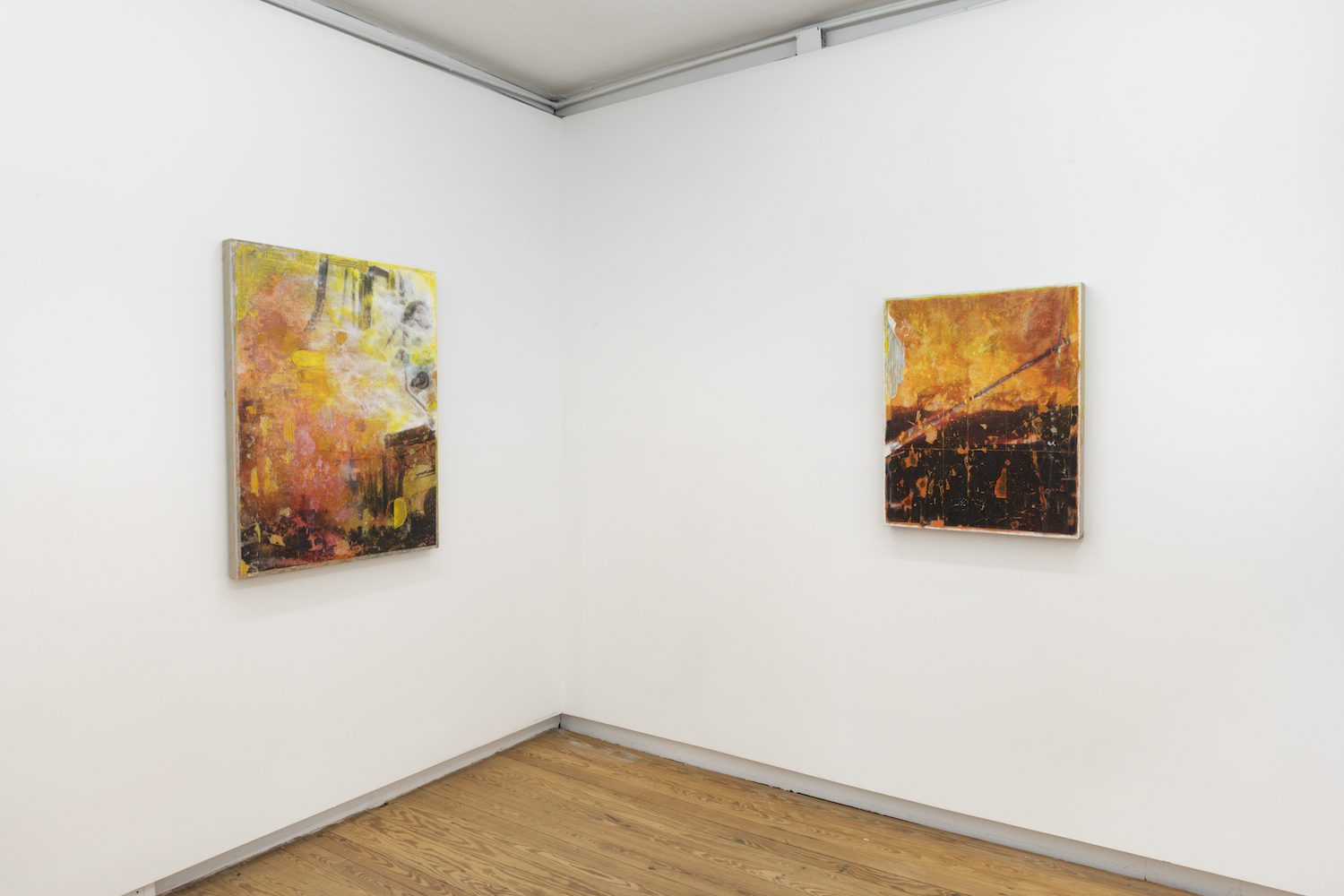
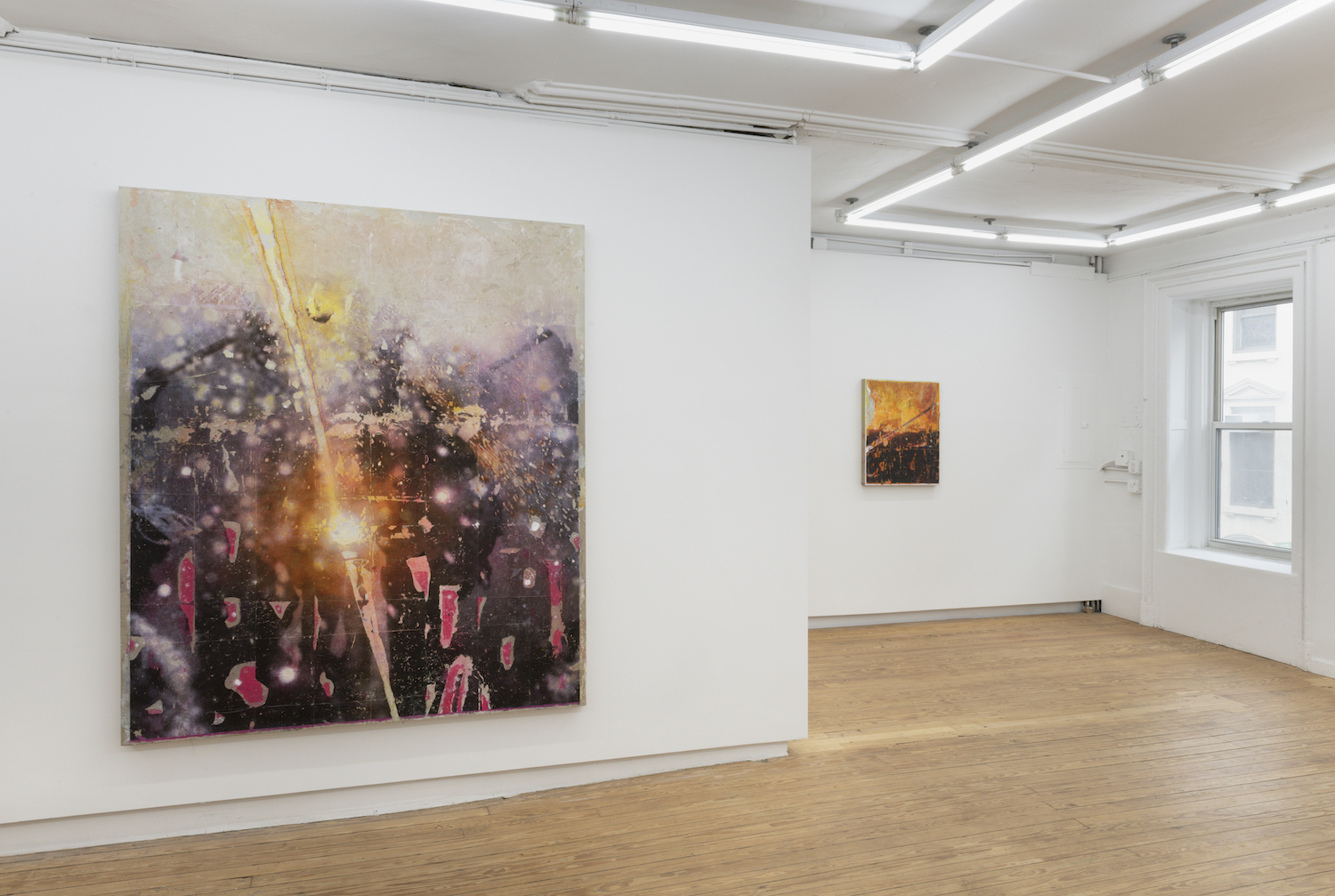
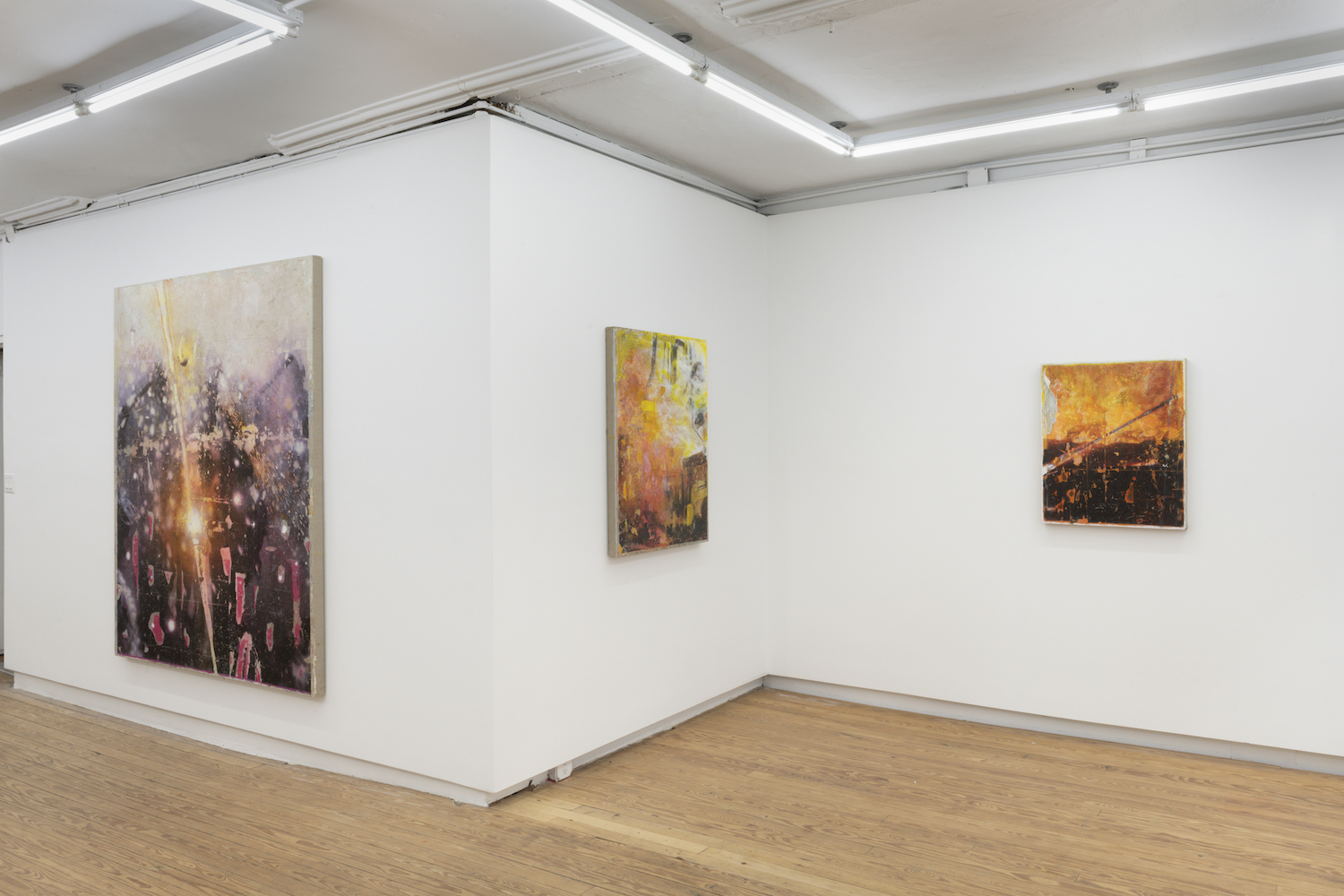
The Field
Image transfer, ink, acrylic and oil on linen
90 × 80 inches
2020

Fires_Riot_005
Image transfer, ink, acrylic and oil on linen
56 × 68 inches
2020
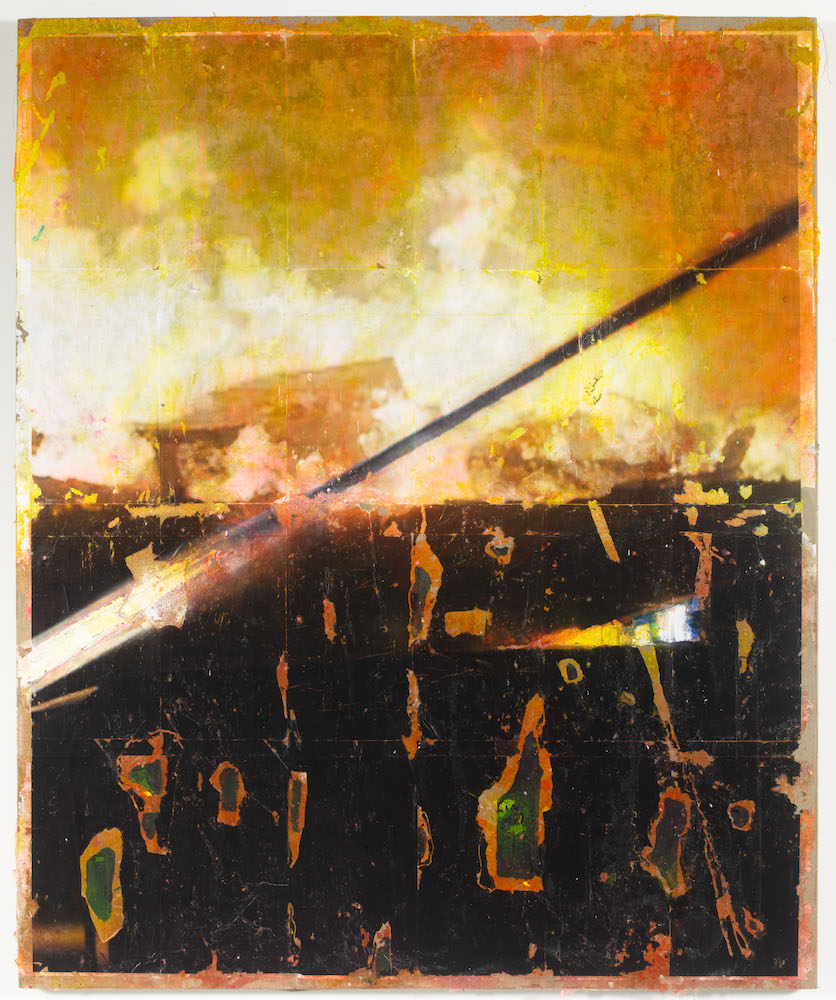
Fires_Riot_006
Image transfer, ink, acrylic and oil on linen
68 × 80 inches
2020
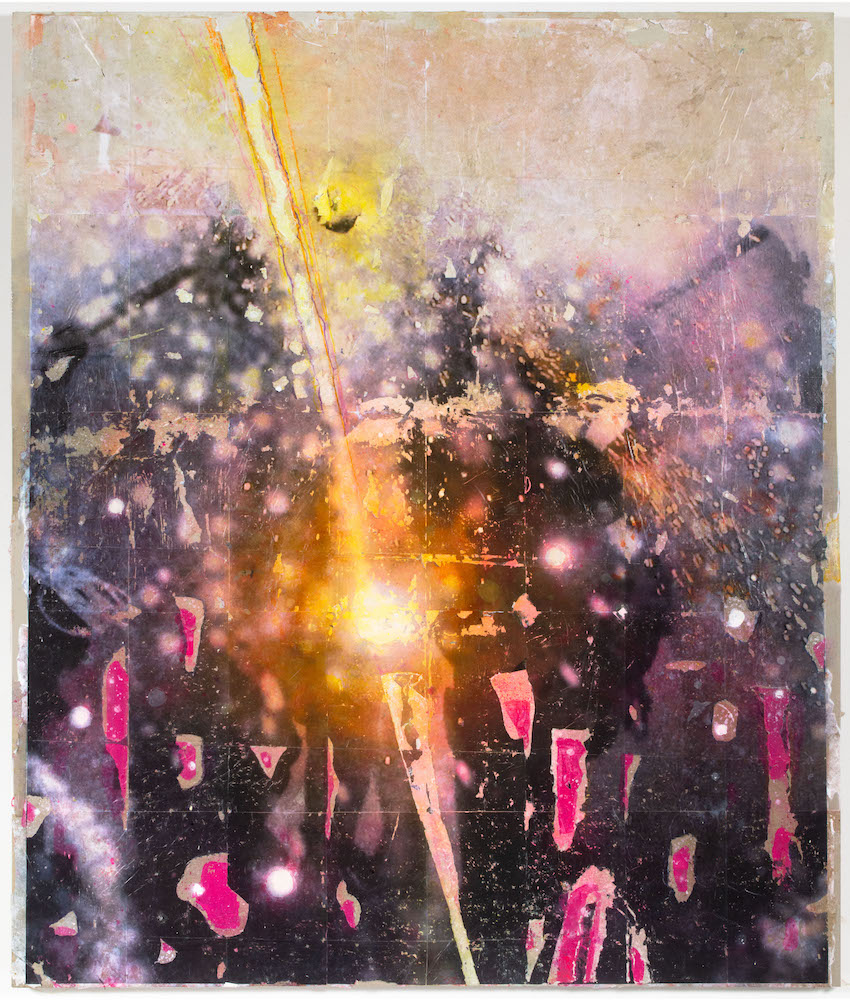
Fires_Riot_008
Image transfer, ink, acrylic and oil on linen
68 × 86 inches
2020
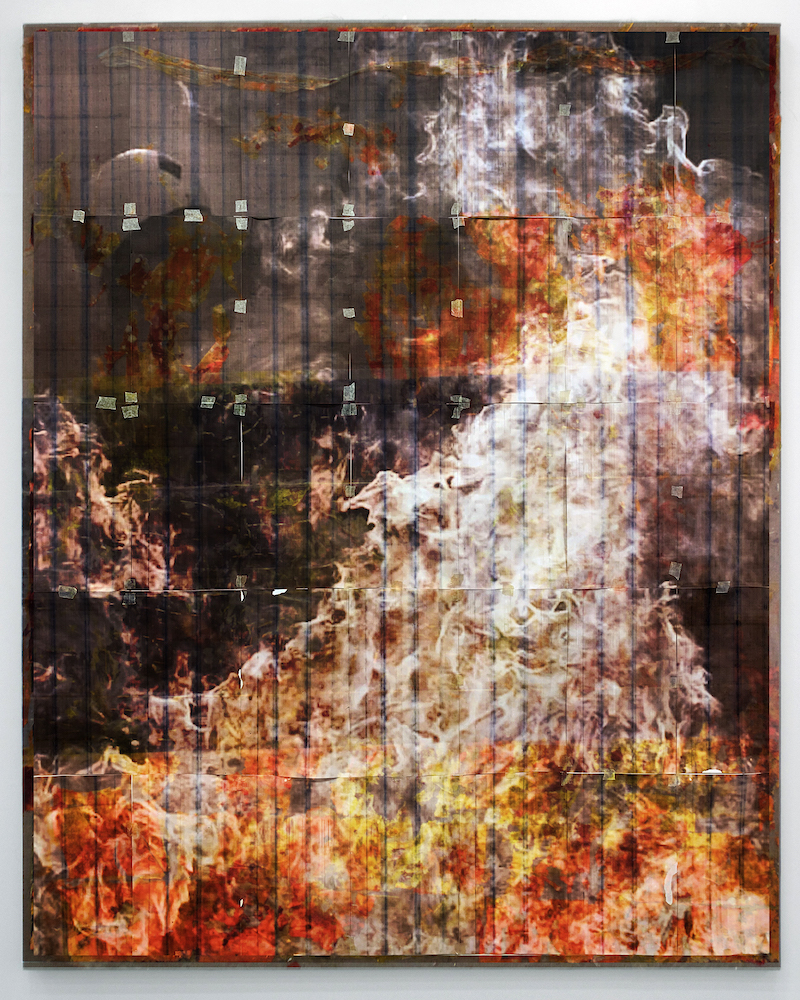
Risers
Image transfer, ink, acrylic and oil on linen
2020
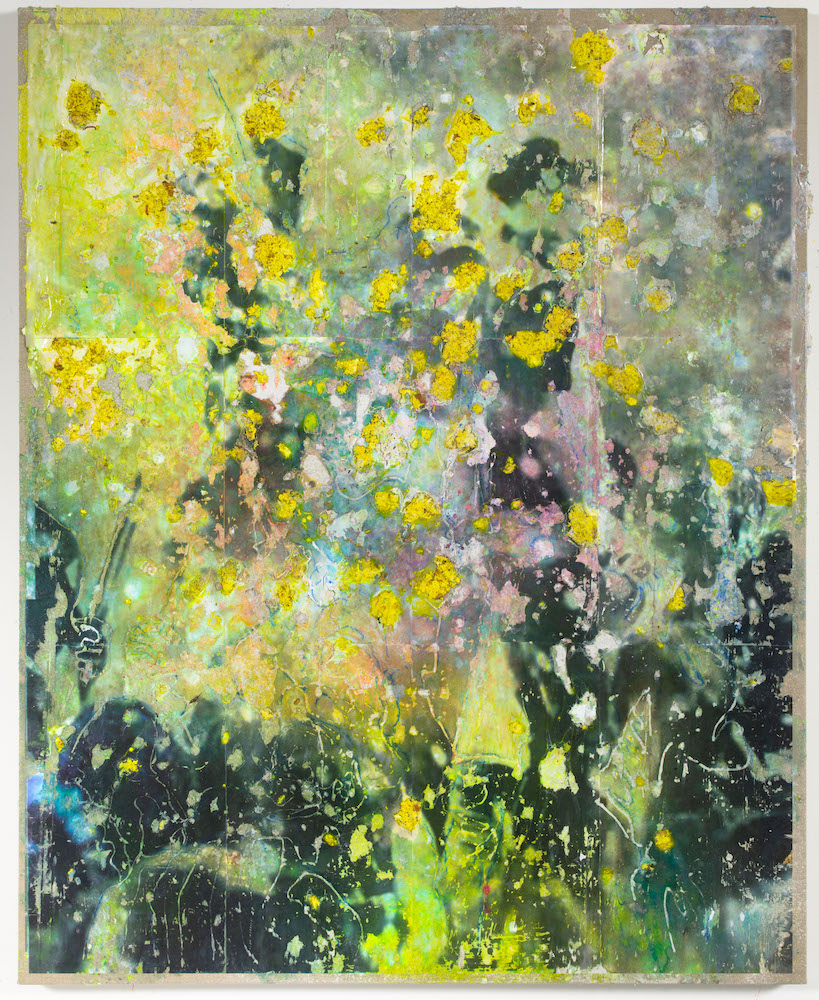
Fires_Riot_028
Image transfer, ink, acrylic and oil on linen
31 × 41 inches
2020

The Shield
Image transfer, ink, acrylic and oil on linen
2020

Fires_Riot_029
Image transfer, ink, acrylic and oil on linen
2020

Fires_Riot_006
Image transfer, ink, acrylic and oil on linen
68 × 80 inches
2020
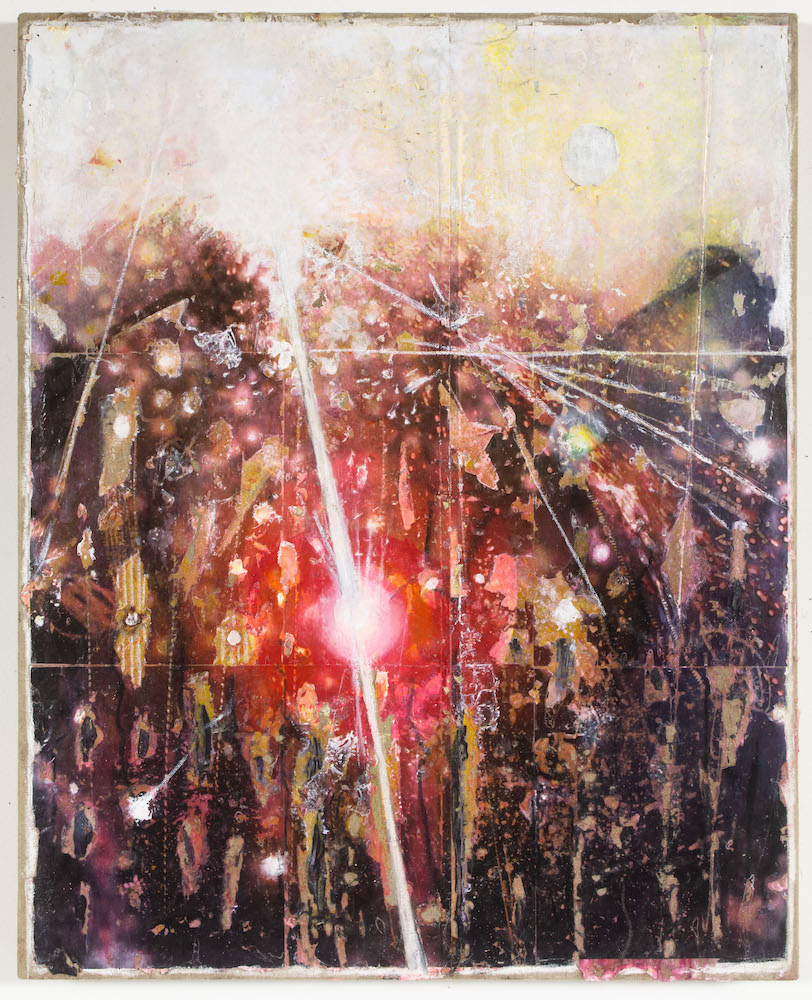
22 Sep–22 Nov 2020
Public Secret
Baris Gokturk
Helena Anrather is pleased to present Public Secret, Baris Gokturk’s first solo exhibition in New York. Comprising a new body of large-scale paintings using image-transfer and layered mixed media, the show expands Gokturk’s ongoing investigation of the slippages between the formal elements of painting and the conceptual relationship between image and meaning in the wider cultural and political context while extending and exposing the archeology of the painted surface.
A little bit about transposition, altered states of protest and what art might be…
Dear Helena,
It has been nice to talk with you about these scattered thoughts, stemming from reactions to and reflections on a wide array of events across the last decade.
Each generation has their own experience of particular moments when social tensions boil over, and there is also a perceived continuity between these moments in connection to each individual’s lifetime: the befores and the afters. This duality allows us to build meaning along the seam where the scale of the larger events in history meet the scale of the individual body and soul.
Although I grew up with plenty of instability in the nineties in Turkey, my awareness of social turmoil really expanded in New York, in 2011, during Occupy Wall Street. I remember watching an enormous blaze of energy (and of anger, and of despair, and of hope, and of all the other subtle shades in between). There was a collective urge for change, gathering and materializing in that mass of bodies, which channeled its frantic sobriety into the public sphere—manifesting as new forms of architecture, communication, and aesthetics. It was equally intense to watch that same energy then wane, disperse, and fizzle out into a depleted return to business-as-usual.
The next wave for me was during the Gezi Protests in Istanbul, in 2013. That was when I became aware of my limitations as an individual, as just one body in one place and time. The questions for me were manifold: What should I do? What is my role: citizen, immigrant, expat, artist, person? It was paralyzing to watch the events unfolding in my hometown from my studio in New York. Glued to computer and the phone screen, watching. Participating some, organizing some from a distance, writing, posting on social media… but really, in the end, it was energy and paralysis at once.
This contradiction is not new. There are historical precedents in every part of the world. Seattle in 1999 looms large in my own adolescent memory. There was May ’68 in France, the Freedom Summer in Mississippi in 1964. And in a way, none of these moments ever fade, even though you can never tell where or how their energy will be carried forward. In some ways, the Gezi protests had percolated from the Arab Spring, two years earlier. The vitality I saw fade from Occupy after the protesters were forced out of Zuccotti Park reemerged in upstate New York in grassroots communities taking on new forms of environmental activism. Some of the mutual aid networks that have popped up in the city during the pandemic can be traced back to Occupy. This summer, Black Lives Matter became the largest civil rights movement in US history; it’s already having ripple effects across the world.
It’s this idea of an unformed, sometimes unknowable potential that is at the heart of these paintings. That summer of 2013, watching from a distance as protests took over Istanbul—experiencing that speculative space of protest as it materialized in graphics, slogans, clashes, pepper spray, and fireworks—I began to think of creating a parallel mimetic space where the tensions of the street could be translated to visual language of painting. I wanted the painting’s surface to mimic and channel the confrontations that occur between the individual’s body and the larger body-politic that they either submit to or react against. I wanted this out of envy. I wanted to be there; at the same time I wanted to hold up a mirror to the streets.
I’m fascinated by the way the pendulum can swing so easily from peaceful protest to violence, and how that very notion is manipulated by the discourse of authority which rushes to simplify, manipulate and condemn. The space of protest is a collective arena where each individual is confronted with a constant stream of choices. It’s a space of potential: Potential for change, potential for destruction, potential for negotiation. Emotionally and intellectuality it is a space of many thoughts and feelings, at times competing and at times coalescing. It is, inherently, always on the brink of something. For the individual, this space offers something like the sublime from the inside out: the experience of one’s own body as part of something vast and unknowable.
For me, the speculative surface of painting has become a way of processing the speculative space of protest, the former a reflection for evaluating the many directions of the latter’s potential.
Yours,
Baris
Baris Gokturk (b.1982, Ankara) is currently an MFA candidate in sculpture at Columbia University. He also holds an MFA in painting from Hunter College where he taught for seven years. He currently teaches at Pace University and runs an art program for Johns Hopkins University’s neurology department. He was recently an ApexArt fellow in Seoul, artist-in-residence at YADDO, and a participant in SOMA Mexico as well as Skowhegan School of Painting and Sculpture. Recent museum exhibitions include Pera Museum in Istanbul and SECCA in Winston-Salem, NC. He recently completed a mural for Columbia University’s Butler Library and a commission by the Public Art Fund as part of Art on the Grid. He is currently an artist in residence at LMCC Governor’s Island, working on upcoming projects in New York, Venice, and Eskisehir, Turkey. The artist lives and works in Brooklyn.